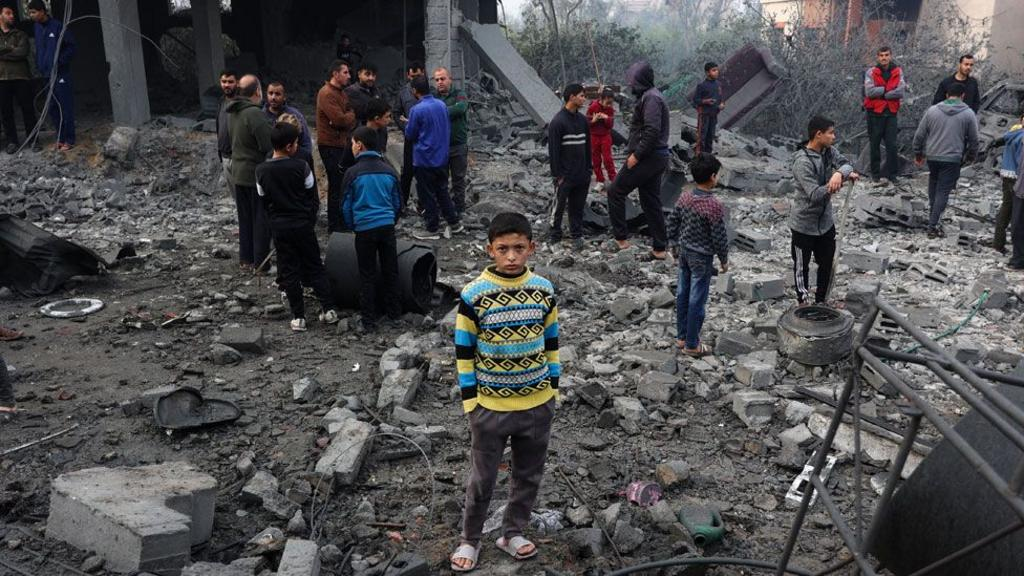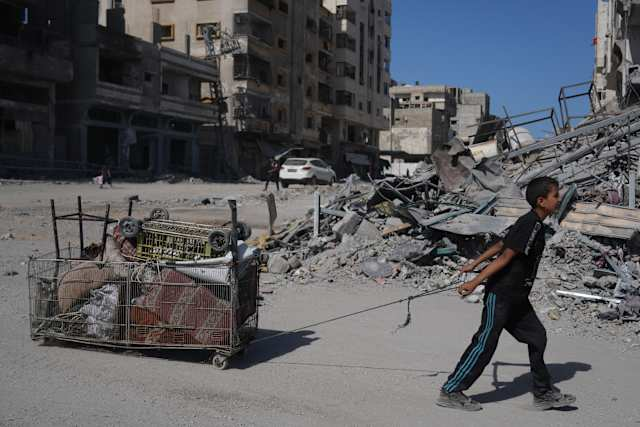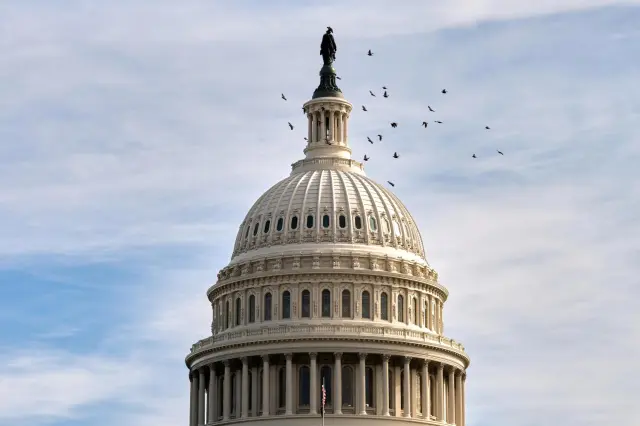GAZA CEASE-FIRE TAKES HOLD AS LEADERS WEIGH WHAT COMES NEXT

Cease-fire mechanics and immediate effects
The cease-fire between Israel and Hamas entered effect with the last living Israeli hostages returned and a large prisoner release by Israel. Israeli forces have begun to pull back from parts of Gaza, allowing families to attempt short, careful returns to shattered neighborhoods. Border queues swelled as aid groups tried to shift from emergency triage to early recovery work. The agreement capped a week of intensive diplomacy and a whirlwind tour by the U.S. president through Israel and Egypt, where a declaration backing the truce was signed by regional partners.

Unresolved questions on governance and security
The political questions are only starting. Israel’s coalition faces pressure over how fast Hamas must disarm and who polices Gaza during reconstruction. U.S. officials say guarantors will watch implementation closely, with benchmarks tied to aid and rebuilding funds. Hamas has moved to impose order after looting in some districts, a stopgap that underscores the security vacuum. Analysts caution that small violations or delays could unravel confidence. For now, families are focused on reunions, clearing debris, and finding basic supplies. The next weeks will show whether the cease-fire can evolve into a durable political framework or stall in mistrust.



















